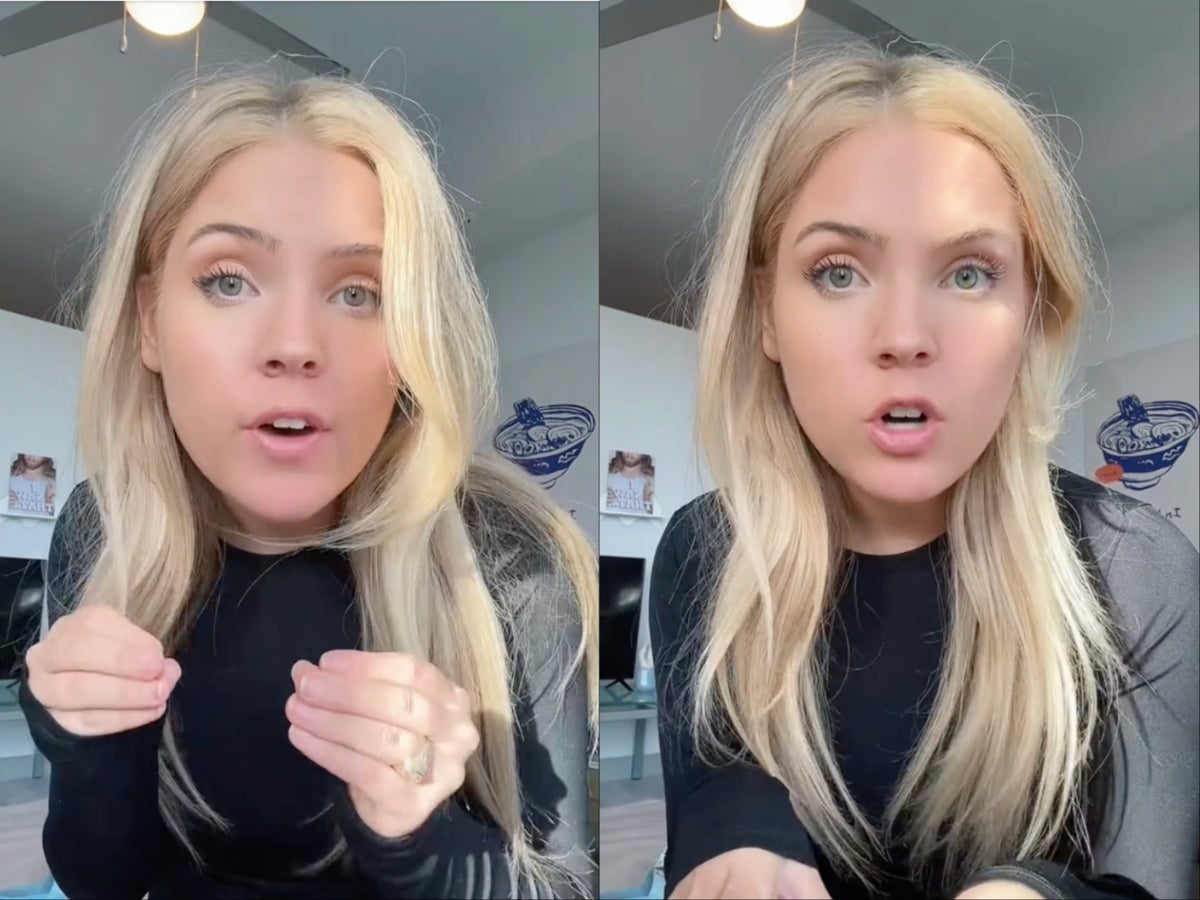
A viral internet test claims to help couples determine whether or not their relationship is meant to last.
A TikToker named Alyssa, who goes by the username @alyssacardib on the platform, is one of the many creators who have talked about the trend and how it works. Her video explaining the concept begins with her questioning how few people know about it in the first place. “I live and die by the f***ing bird test because it never fails,” she said.
The bird test is meant to help people determine whether or not their relationship will be successful. Alyssa said this is usually performed in the context of a romantic relationship, but she also uses the test on friends and family members.
To perform the test, one person has to point out something insignificant, like a bird perched outside. The goal is to have your partner respond with genuine curiosity in the bird you’re giving attention to. This can be as simple as asking “Where?” shortly after the bird is pointed out.
“That’s a really good sign that your relationship is going to last a really long time,” Alyssa explained in her TikTok.
On the other hand, if your partner chooses to not address the bird brought up this is considered a bad sign. According to Alyssa, possible responses could include the person responding with “Oh cool” or even avoiding talking about the bird at all. To further explain the theory, Alyssa reflected on a time she brought up a woodpecker when sitting in Starbucks with a friend, and that led to a 10-minute conversation just about the bird. She said she and the friend are still close to this day.
Since it was posted on 27 October, Alyssa’s TikTok has been viewed over four million times, with many comments pointing to the psychology on why the bird test works. “This is called a ‘bid for connection.’ It’s a theory by Gottman,” one comment read.
The bird test goes further than just a TikTok trend. The Gottman Institute has also written about the test, describing it as a way to measure how often one person in a relationship makes a “bid” for connection and how often that bid is turned away or turned toward.
Turning toward is engaging with the bid and turning away is ignoring the bid, according to the institute, while a bid is any time one person is looking for a positive connection with their partner. This is essentially any type of attention.
Psychologist and co-founder of the Gottman Institute, John Gottman, found that in his 40 years of studying relationships that couples that turn toward each other more often is indicative of those who stay together for longer periods of time.
Gottman published a paper in the Journal of Marriage and the Family in 1998 sharing the results of a study based on 130 newlyweds from Puget Sound, Washington. He spoke to the newlyweds soon after they married and again six years later. The couples that were still together turned towards each other 86 per cent of the time and couples who turned away resulted in divorces 67 per cent of the time.
The Independent has contacted Alyssa for comment.







